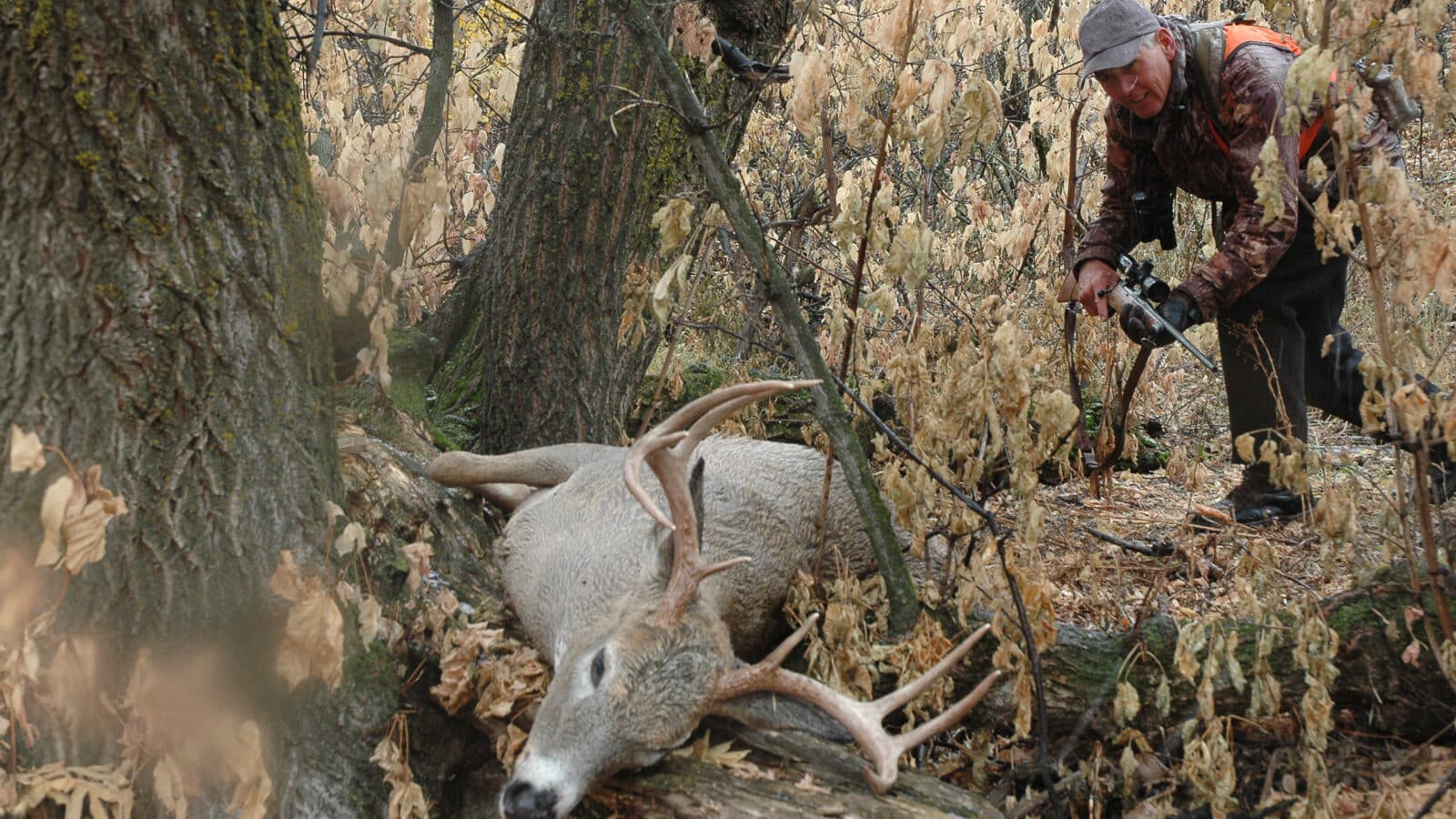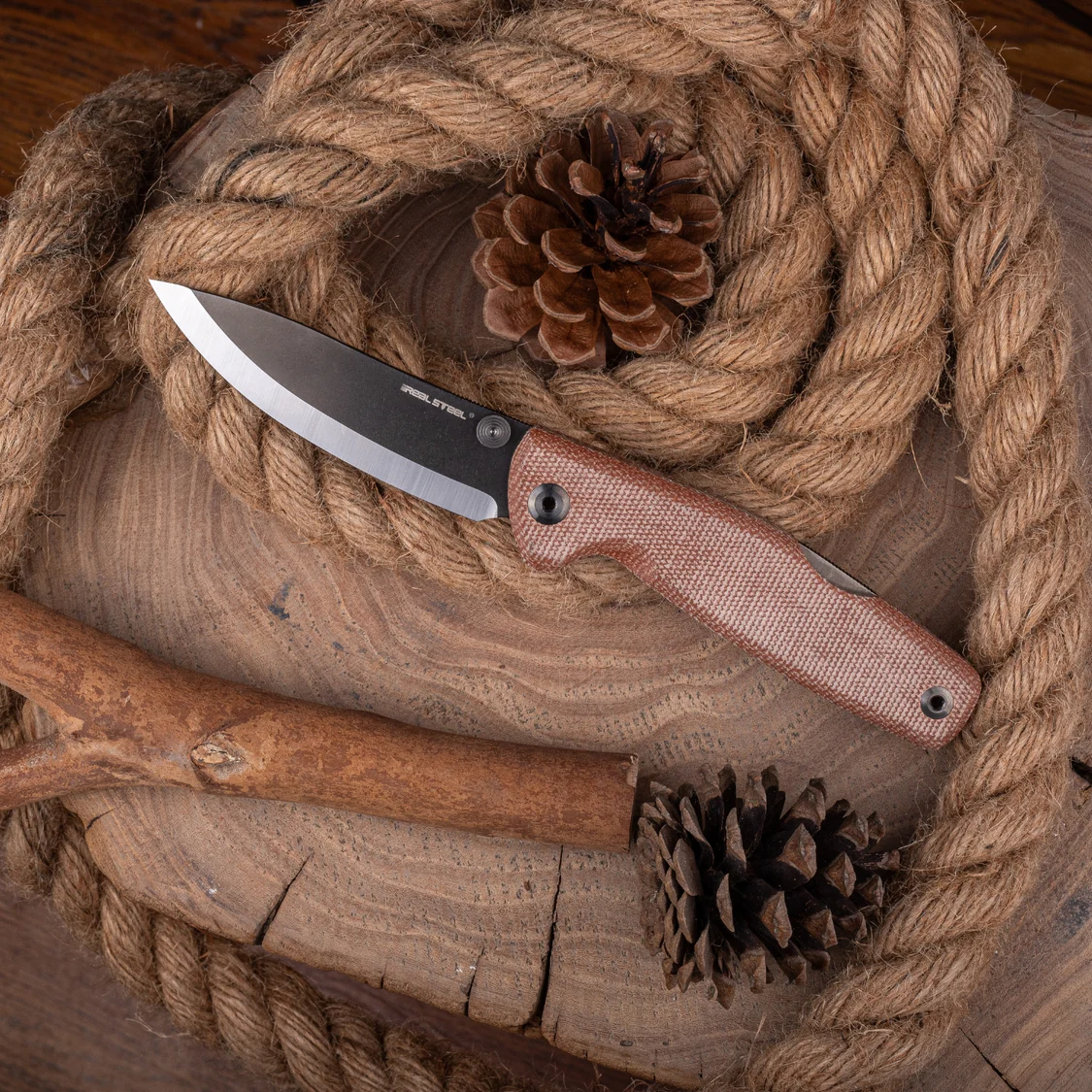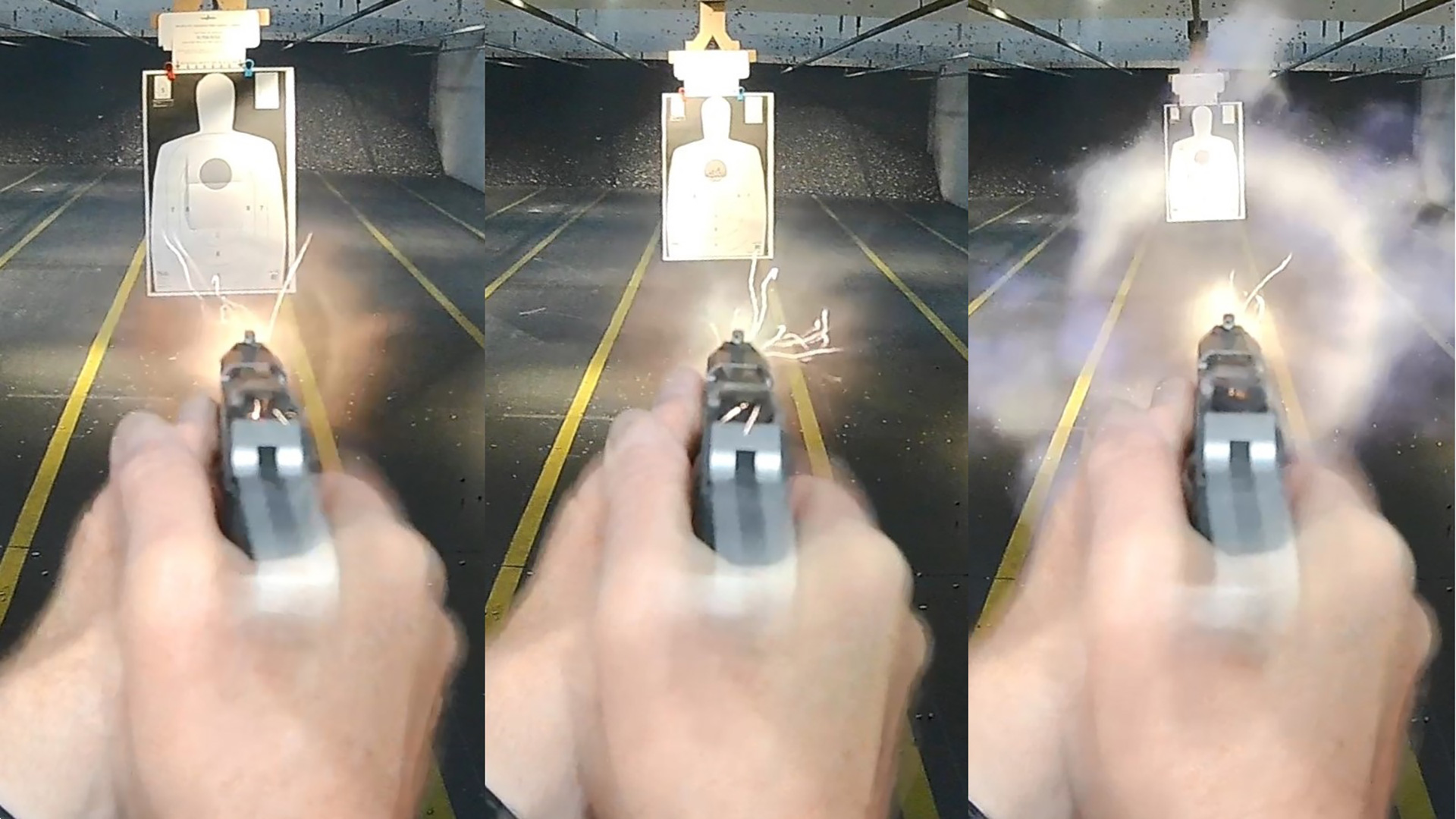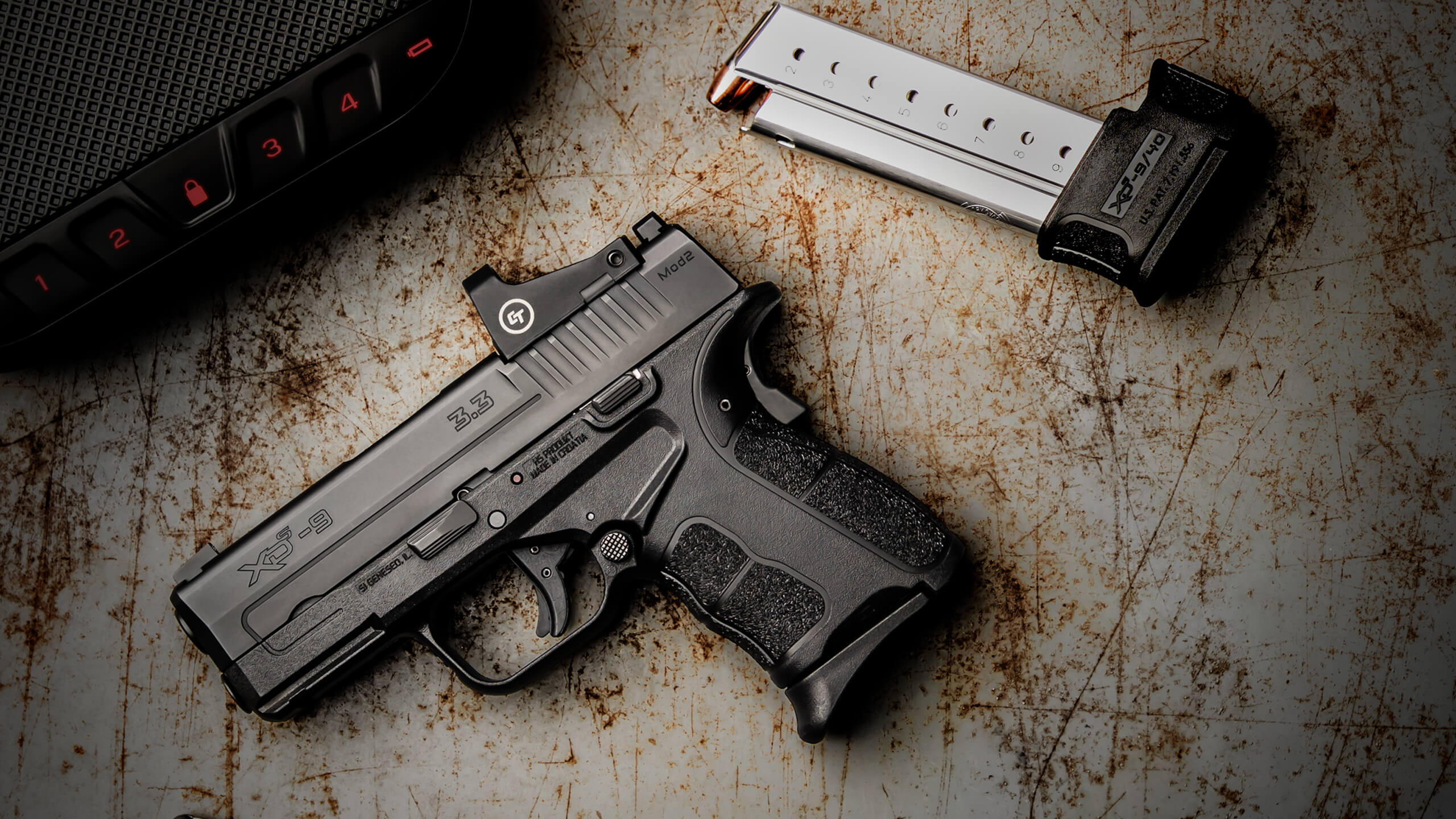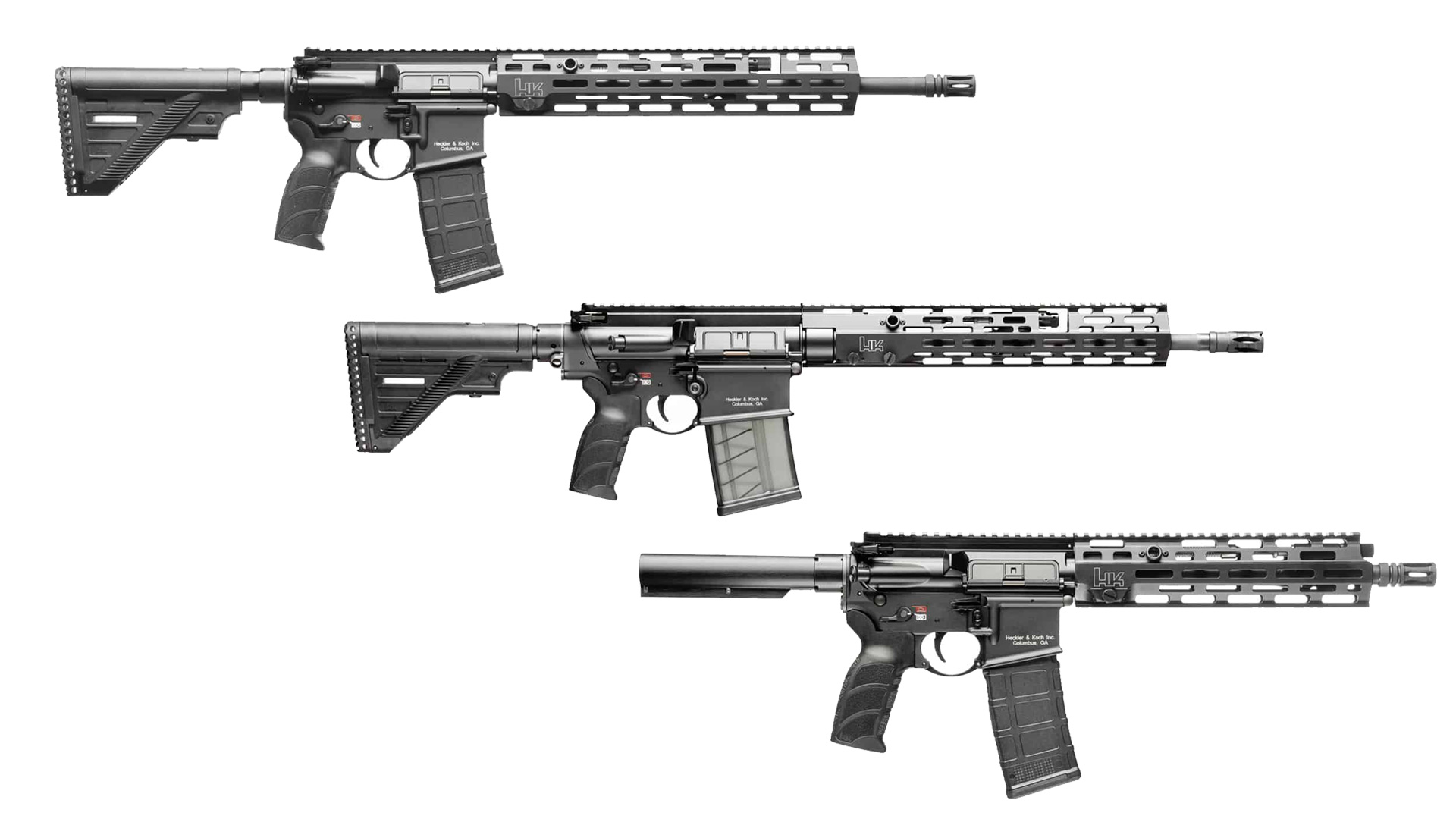The EDC Shot You’re NOT Prepared to Take
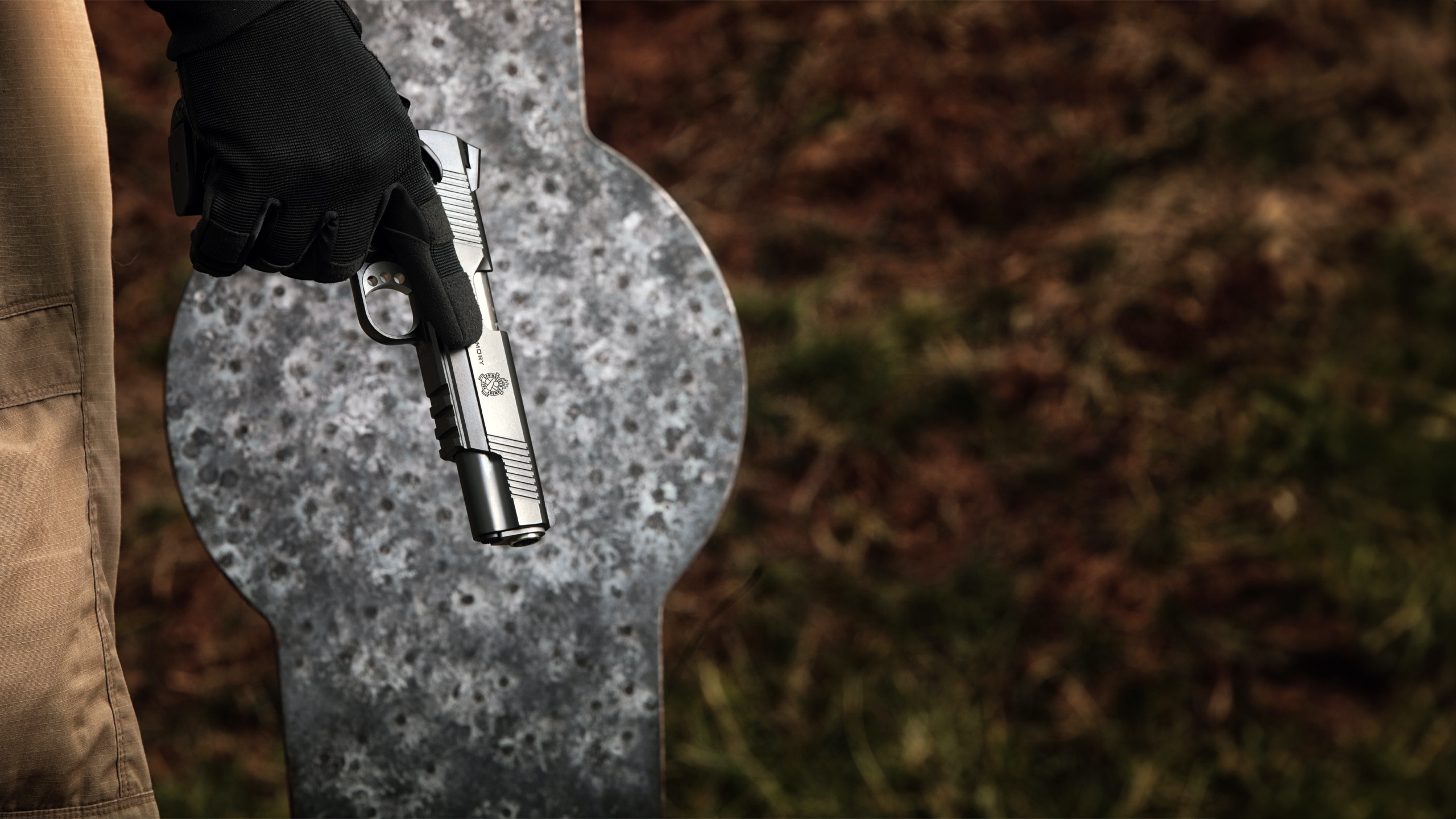
When it comes to personal defense, most of our preparation should focus on countering the types of attacks that are most likely rather than less likely to occur. This is true of both unarmed and armed defense. Three conditions common in many defensive scenarios where firearms are used are that the assailant is in close proximity, the light condition is poor and the action happens very fast. Needless to say, our training should reflect this reality and our focus should be on a fast, decisive response to one or more threats inside of conversational distance.
I have studied police gunfight stats for years, and the data from major law enforcement agencies such as the FBI, DEA and NYPD seems to support the fact that most armed conflict involving the police unfolds at very close range. Although there is no central “data bank” for incidents involving responsible citizens, the information contained in the NRA’s flagship magazine, The American Rifleman, paints a very similar picture. Every month the “Armed Citizen” column outlines several different incidents where individuals had to use a firearm to protect their lives, and just about all of them involve home invaders, robbery attempts, or assaults in and around vehicles, typically inside of conversational distance.
While we can take steps to avoid dangerous situations, there is absolutely no guarantee that if you were so unfortunate to get caught up in an unavoidable situation where you had to use a firearm to defend your life, it would fall into the usual pattern. You may indeed be the anomaly.
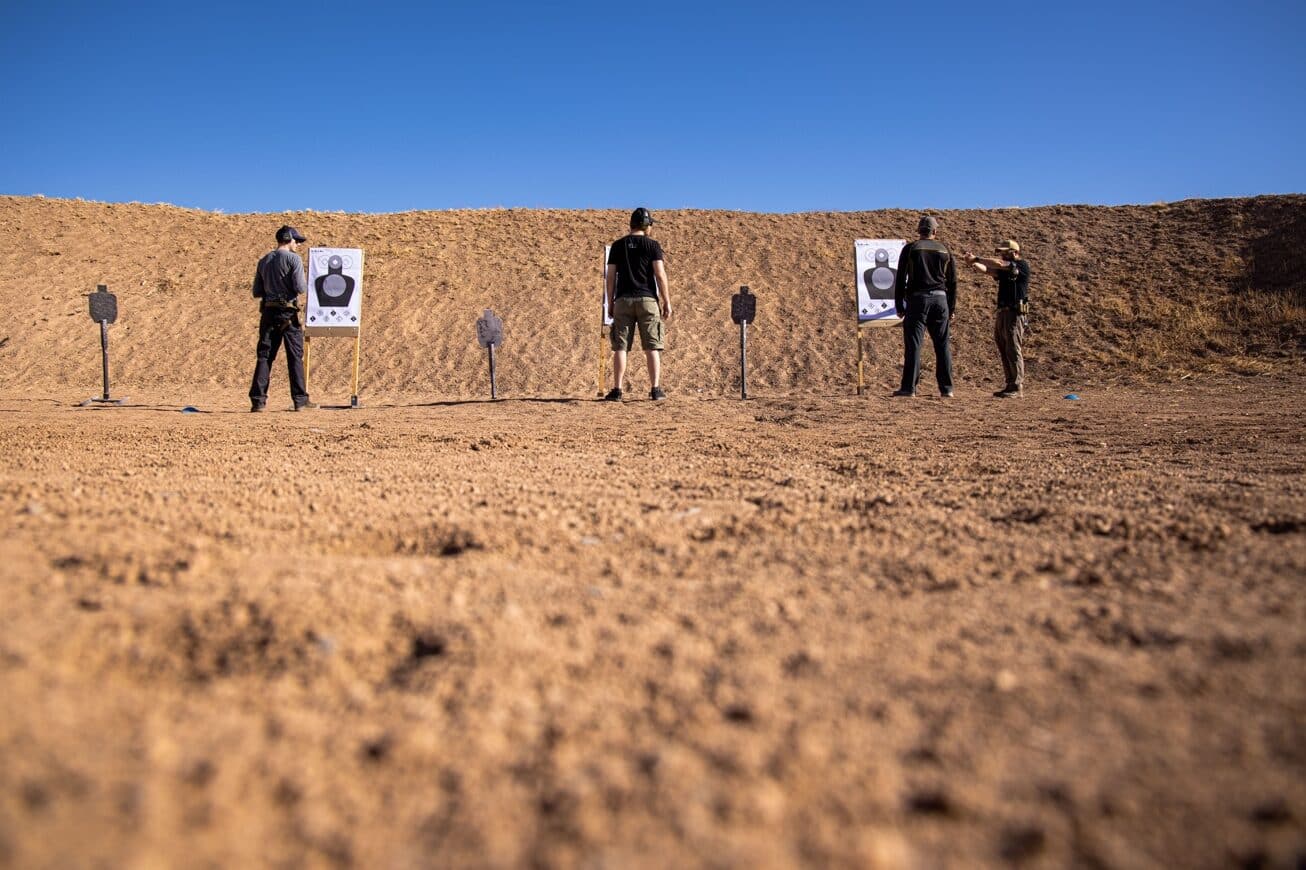
During their careers, two police acquaintances of mine successfully used a handgun to defend their lives at 50 and 30 yards, respectively. Some might dismiss this as a police action and rationalize something like that could never happen to them. However, of late, there have been some high-profile incidents where people were killed just going about their daily routine in places that would not ordinarily be considered high-threat areas. Exactly how long are those aisles in your grocery store, again?
Striking a Balance
I’m not suggesting that you ignore practice at typical combat distance, but investing a little time and effort to becoming somewhat proficient at shooting at greater range is well advised. When I began my career as a law enforcement officer, our training never addressed shooting at distances closer than 7 yards, and 36 of the 60 rounds we fired for qualification were fired from 25 and 50 yards. This, of course, was entirely opposite of street reality and over time, training for law enforcement officers began to focus on typical combat distance.
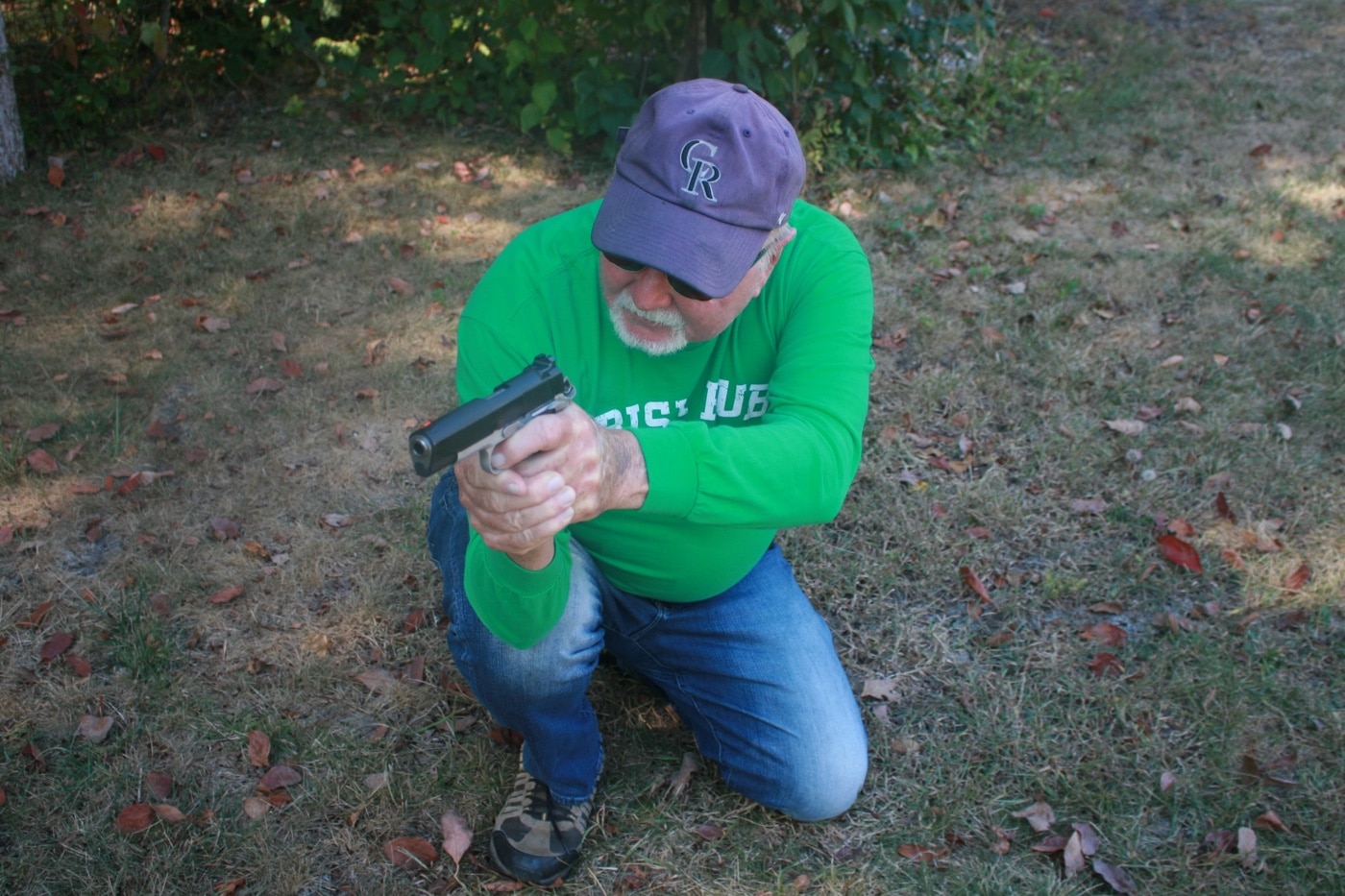
Now it seems the pendulum has swung too far in the other direction and any sort of long-range training with a pistol seems to have fallen to the wayside. Quite frankly, I have never bought into the “I’ll just fight my way back to my rifle” logic as I consider that too much wishful thinking. When the alarm sounds, you will fight with what you have available and if you are armed, that will likely be a handgun.
To cut right to the chase, there is no special magic to making hits when firing from extended distance. It all comes down to lining up the sights and pressing the trigger without disturbing the sight picture. However, it’s easier said than done!
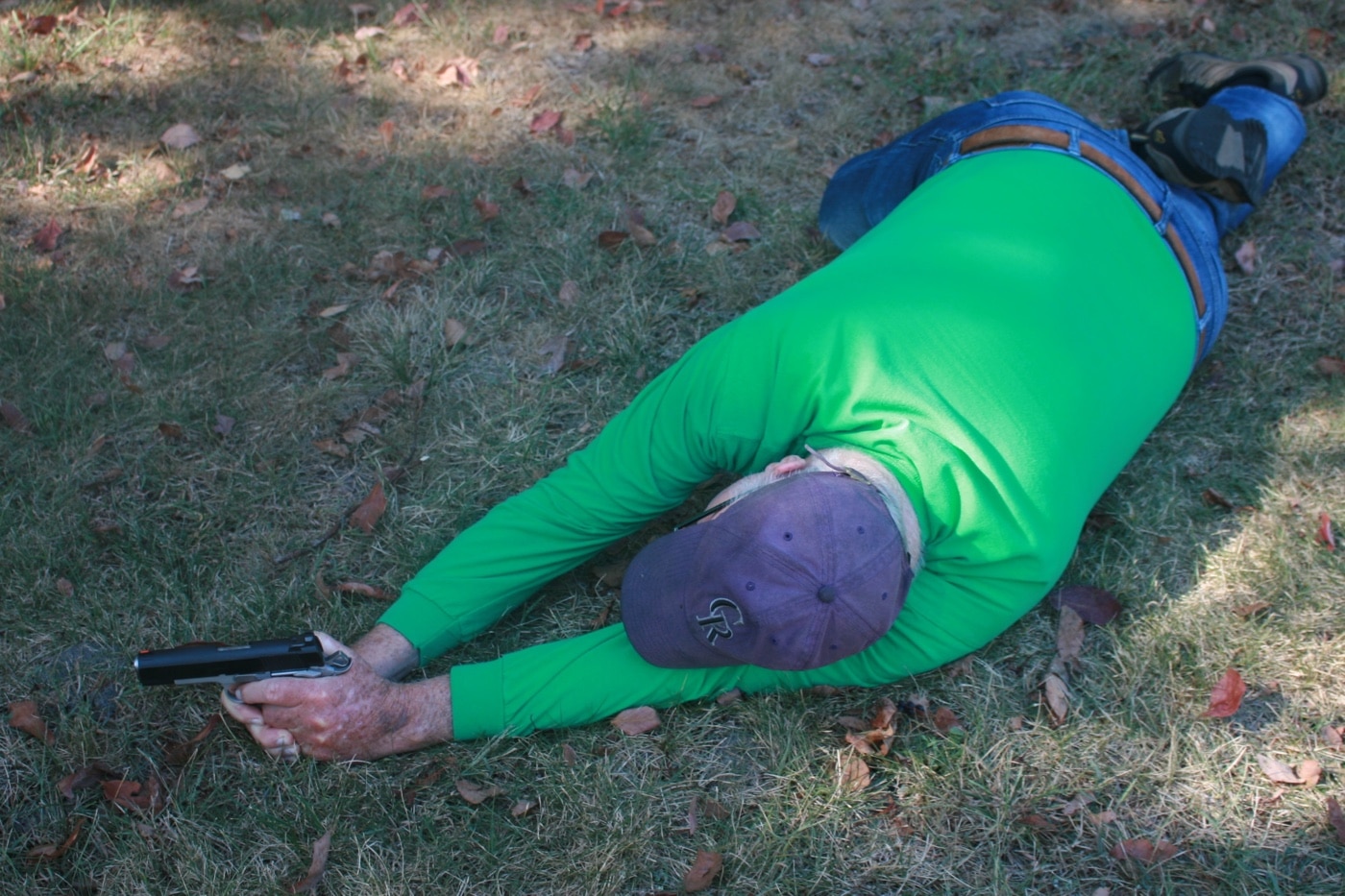
A slight miscue at close range which might put your shot an inch off center may result in a total miss as distance between you and your target becomes greater. But if you take it slow initially and mentally focus on the fundamentals, you can achieve satisfactory results in relatively short order. It all comes down to grip, sights and trigger.
Of all the fundamentals of practical marksmanship, grip sometimes doesn’t get all the attention it needs. The grip is your connection to your handgun and if it is deficient in any way, your efforts will suffer. A very common mistake I see with some shooters is that they take a death grip with the strong hand but exert far less pressure with the support hand. The end result is a dispersion of shots low and left for right-hand shooters and an opposite effect for southpaws. Again, as distance increases, this becomes problematic. Get both hands around the gun and be sure to take a strong grip.
Small pistols are indeed handy, but one of the reasons I pack a compact size pistol whenever I can get away with it has to do with grip dimensions. Quite frankly, I can’t shoot a pistol with a short grip as well as a service-size pistol. The shorter slide on a micro-pistol translates to an abbreviated sighting plane, and this too can adversely impact performance when shooting at targets further away.
Whatever your feelings regarding a red dot on a pistol, I am quite confident that a red dot optic does afford a significant advantage when shooting at distances greater than 15 yards. If you are comfortable with red dot technology, by all means have at it. Like any number of other innovations that have come along, red dots will not benefit you unless you invest some significant time and effort training with them.
Get Low
Most of us recognize that standing is the least stable of the shooting positions. One can certainly make some pretty solid hits on target while shooting from a standing position from 25 or 50 yards, but if circumstances and the terrain allow for it, consider going to a kneeling or even a prone position.
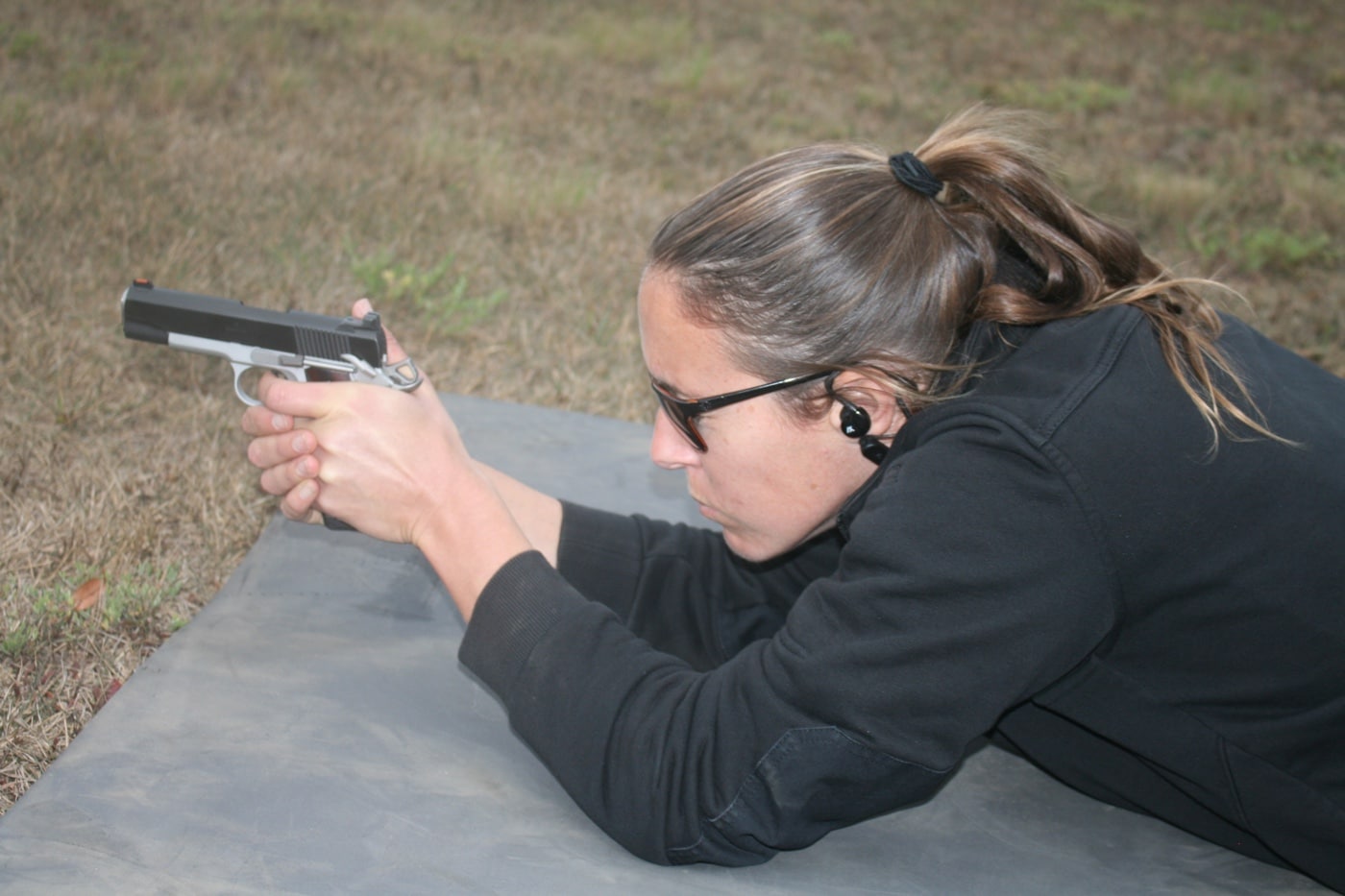
A braced or supported kneeling position can minimize the wobble factor and can help tighten up those groups on target by giving you an additional point of contact. To assume this position, I blade my body ever so slightly as I draw my pistol and move my support side foot forward of my strong side foot. I immediately drop down and brace the elbow of my support side arm forward of the knee for greater stability. Some individuals prefer to place the side of the strong side foot along the ground, but I prefer to keep my toes in contact with the deck as I find it easier to get up and move quickly. We are all put together a little bit differently, so try it out first with an empty gun (check it twice!) or inert trainer. You will no doubt discover what works best for you.
Many years ago, I was introduced to the rollover prone position, and for me it was as if someone had flipped a light switch as my improvement was quite dramatic. The old straight-on prone position caused me all kinds of difficulties, particularly neck fatigue, during those long strings of fire. Rollover prone fixes all that.
To get into a rollover prone position, initially drop down to a kneeling position as you draw the pistol. As your knees hit the ground, the pistol is pointed downrange as you extend the support hand to minimize the impact as you lower your torso to the ground. Roll up on your strong side and rest your chin on the bicep of your strong side arm. This keeps your diaphragm off the ground, eliminates neck fatigue, and increases maximum stability as your hands are on the ground. For shooting a handgun at distance, rollover prone is the way to go for me.
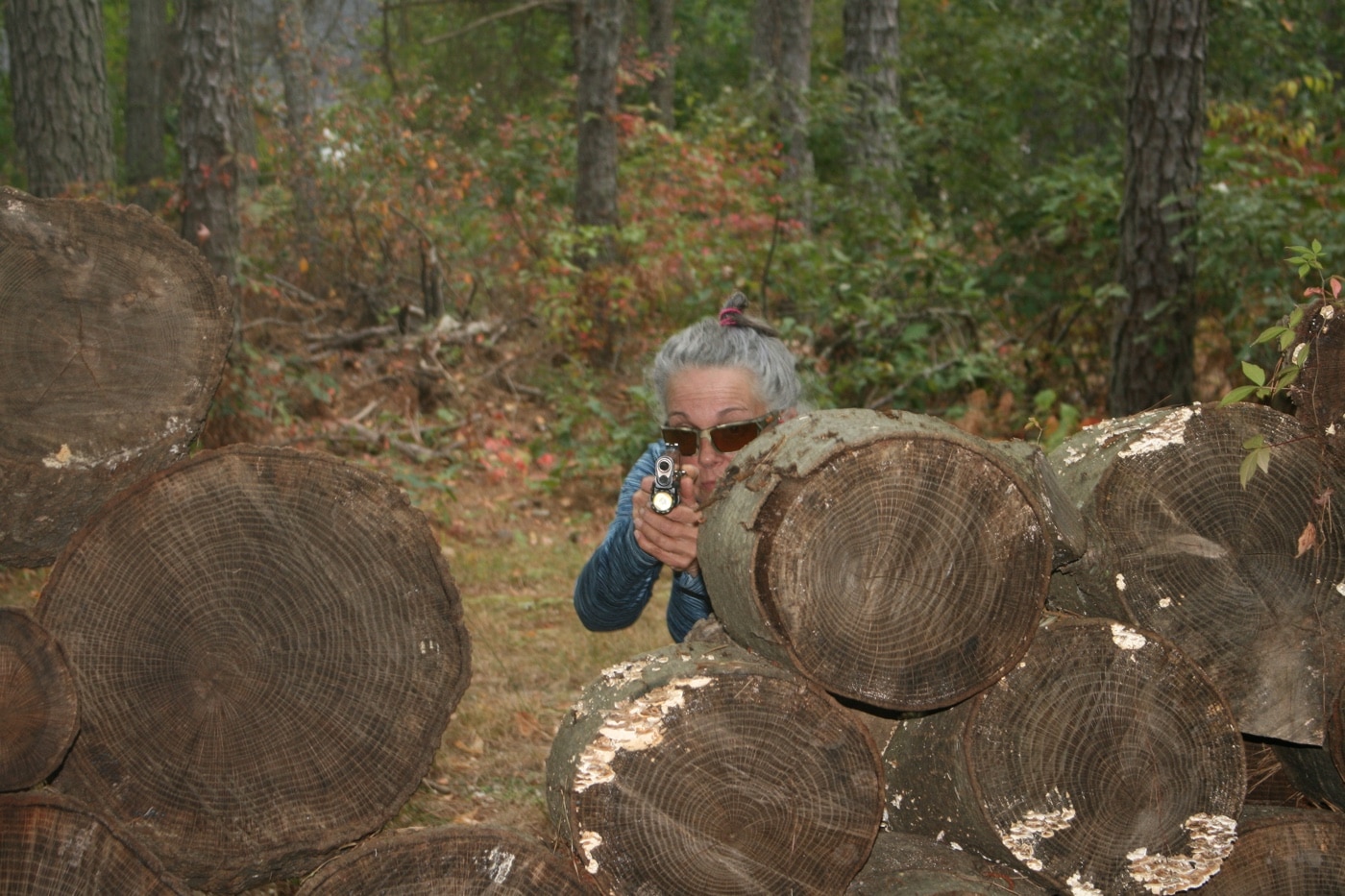
Practice with a Purpose
I consider myself fortunate that my range allows me the opportunity to shoot from long distance. However, I recognize that this may not be possible for many shooters who want to improve their game. A partial fix is using a reduced size target at shorter distance. In fact, when conducting remedial training with shooters who have experienced difficulty hitting at extended distance, I begin by shooting small circles at very close range and critique their technique. Once we meet with a measure of success, they become more confident in their abilities and we increase the distance to the target. Dry firing too, can help the cause.
Threats out in the distance remains the rare exception, particularly for the armed citizen, but we should not ignore that possibility. Most of my practice regimen focuses on a quick response to one or more threats at conversational distance, but I make it a point to throw in some distance shooting on a regular basis.
So team, get busy and mix a little long range practice into your routine as your range allows. Slow your game down and mentally rehearse those fundamentals before pressing the trigger. This is another area where working out with a knowledgeable shooting buddy critiquing your performance can help the cause. Once you are hitting all the high notes, you might very well be pleased with the results.
Editor’s Note: Please be sure to check out The Armory Life Forum, where you can comment about our daily articles, as well as just talk guns and gear. Click the “Go To Forum Thread” link below to jump in!


